Butterflies on the Brink: Mallee Bronze Azure, Ogyris subterrestris subterrestris
In October and December 2021 we brought you the first two articles in a series entitled Butterflies on the Brink (Part I and Part 2) in which we’re showcasing the butterfly species most at risk of extinction in south-eastern mainland Australia. As a reminder, in November 2019, a large group of experts from all Australian states and territories came together to identify this country’s butterflies at most immediate risk of extinction, including six in the south-east of SA and western Victoria. In this third instalment, we are focussing on the Arid or Mallee Bronze Azure (Ogyris subterrestris subterrestris).
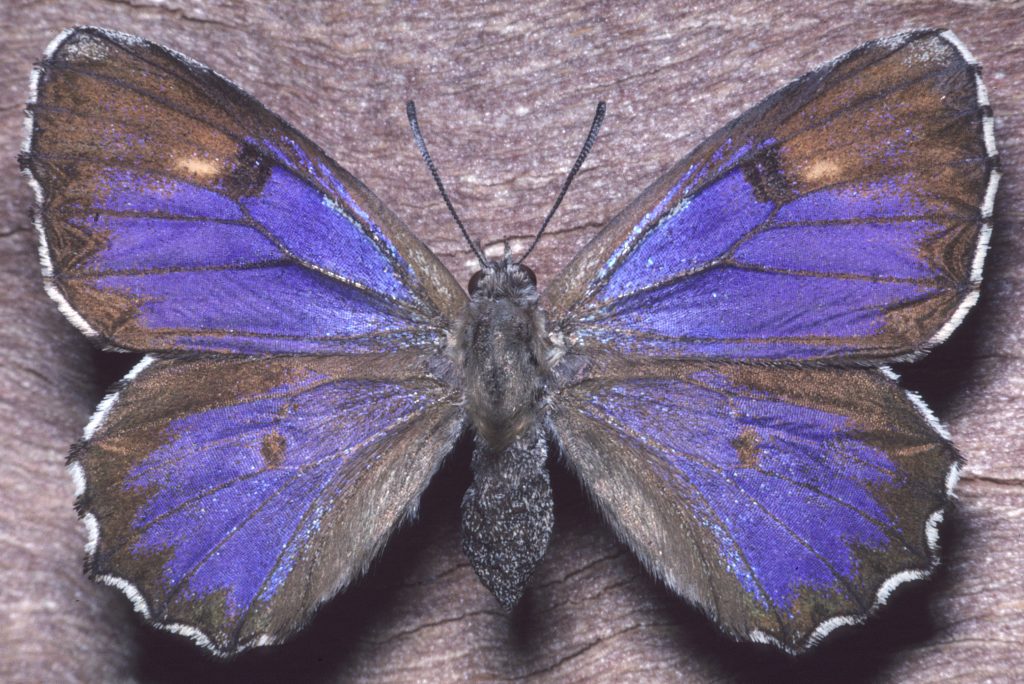
A female Mallee Bronze Azure (photo: Roger Grund) 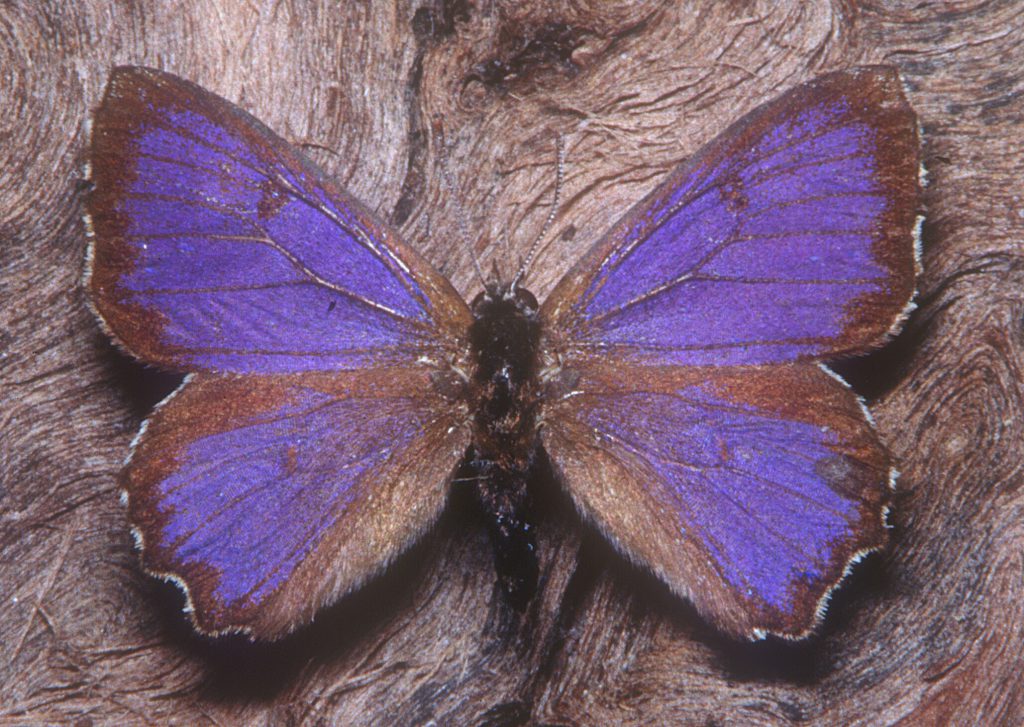
A male Mallee Bronze Azure (photo: Roger Grund) 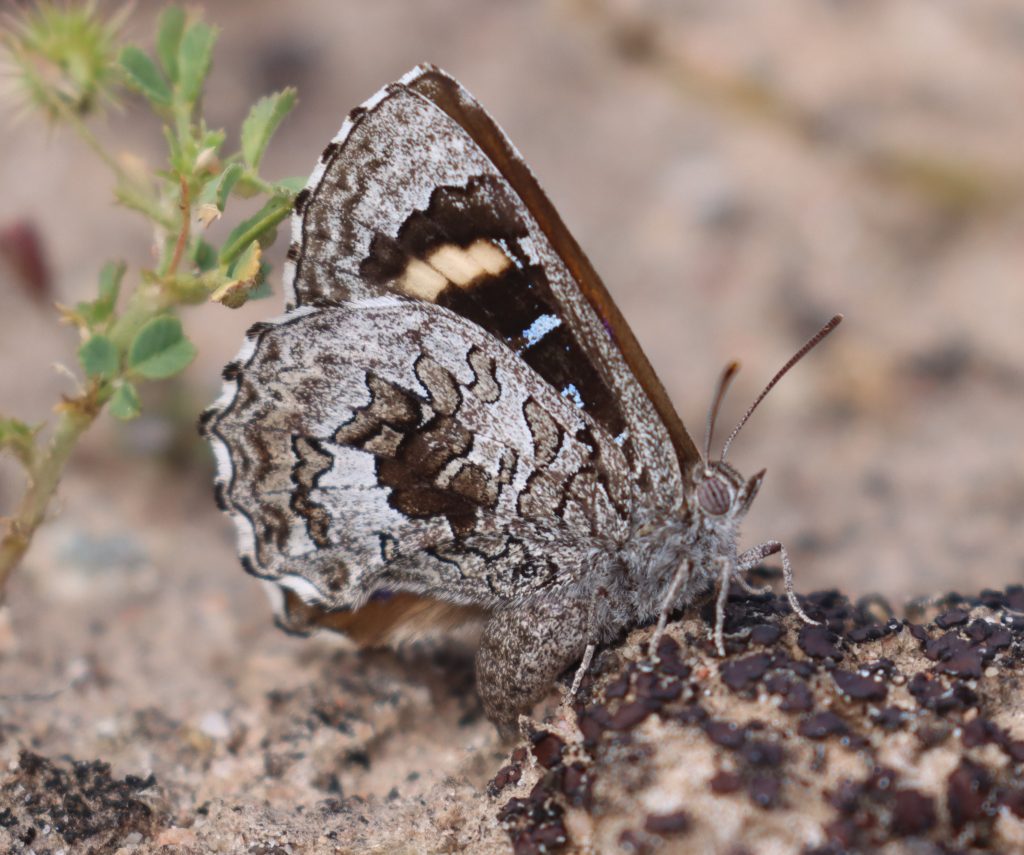
Underside of a Mallee Bronze Azure (photo: Fiona Murdoch, Mallee Conservation)
This small butterfly, from the Lycanidae or Blue family, has only recently been scientifically described, prior to which it was confused with the similar, but larger Large Bronze Azure (Ogyris halmaturia). It is known from low rainfall mallee areas adjacent to the River Murray system, and colonies often seem to be located near to ephemeral lake systems. Colonies of this butterfly can be found in both South Australia and far north-western Victoria.
The Mallee Bronze Azure butterfly belongs to an interesting tribe of the Lycaenid butterflies, the Ogyrini tribe, which all look similar in appearance and are closely associated with a particular species of large sugar-ants, Camponotus terebrans. Read on to learn more about their interesting relationship!
Camponotus terebrans ant nests are usually situated at the base of tall mallee eucalypts in sandy soils, but can be around other trees and shrubs as well, notably wattles. Interestingly, the ants are nocturnal, so when emerging adult butterflies tend to leave the nest in the late morning after the ant activity above ground subsides.
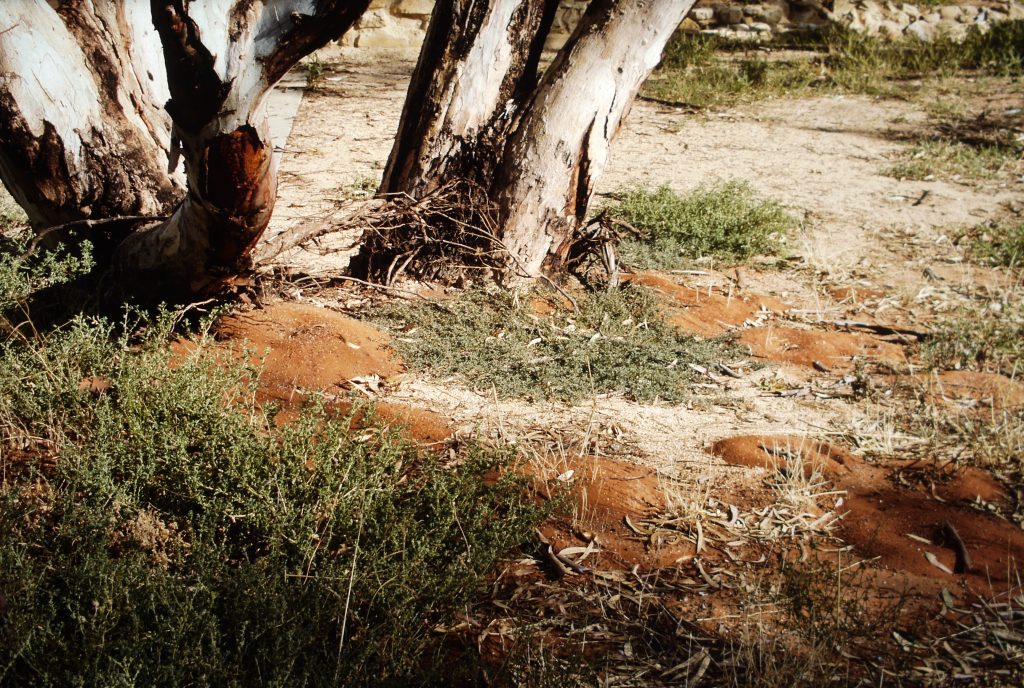
Female butterflies of this species lay their eggs at or near the entrances to ant nests which are generally very large colonies. Eggs are typically large and dark-grey in colour with a very fine hexagonal pattern. After laying, ants then gather the eggs and take them down into the nest – but not to eat them!
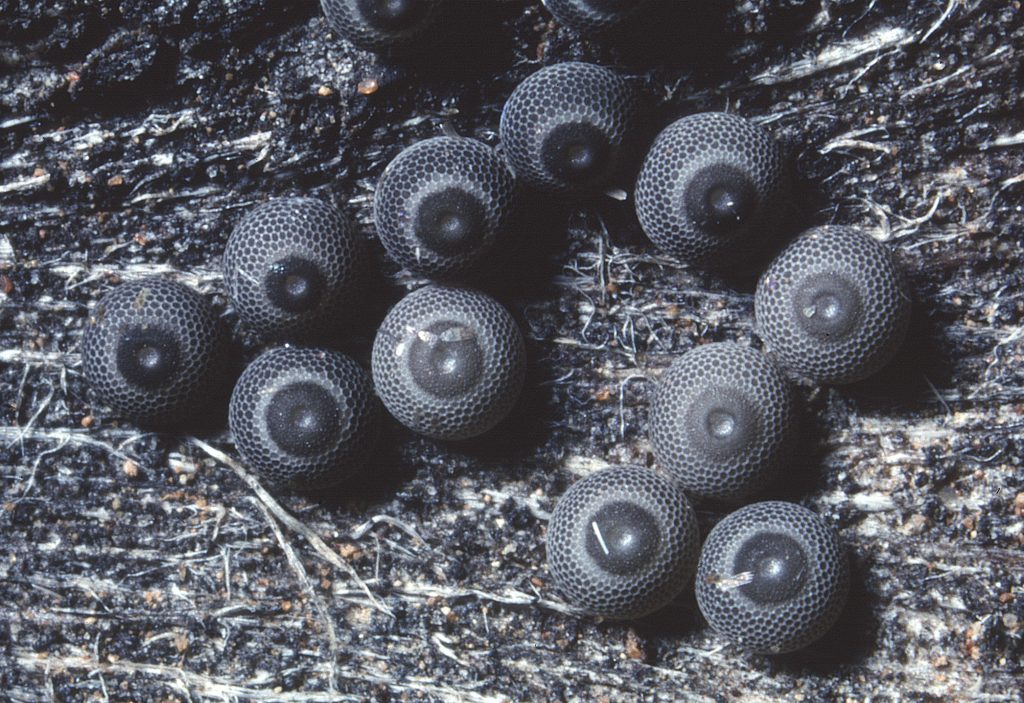
The Mallee Bronze Azure is a particularly specialised species in that the larvae are believed to eat the immature stages of the Camponotus ants. This is an amazing behaviour considering the caterpillars live in the ant’s nest! Feeding on ant larvae instead of plants may be an evolutionary advantage, avoiding impacts on vegetation like fire. Overall, our knowledge about the behaviour of the larvae and the ants is suspected and not fully understood.
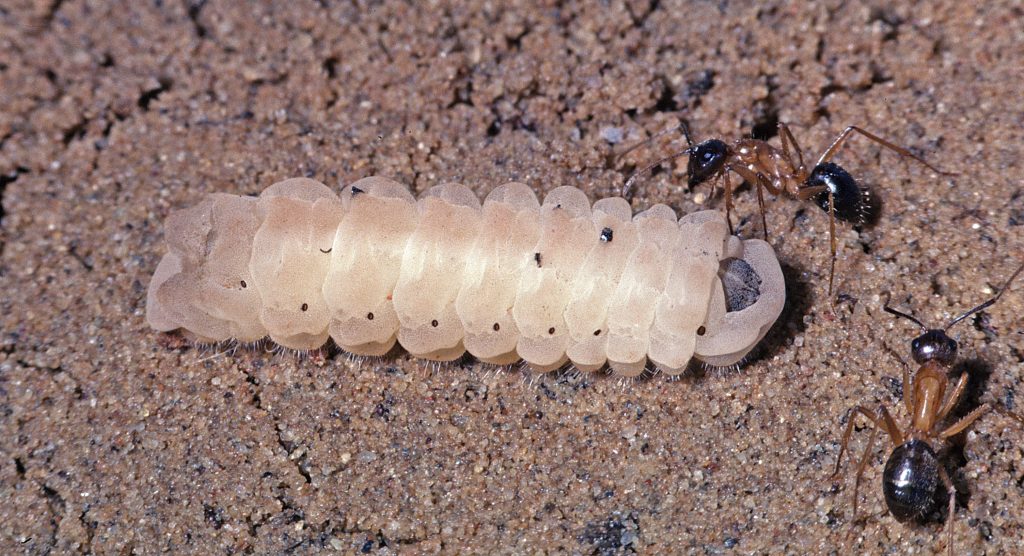
Most azure butterflies fly up high in the canopy of trees; however, the Mallee Bronze Azure flies lower down, making it easier to see them in the wild. They are known to fly any time between late September to late May.
Understanding the species’ true conservation status is critical in managing the species in the near future, including understanding the critical habitat and management of the areas (including roadsides) containing colonies of the butterfly and the ant. Currently, we know the butterfly occurs only where the ant colonies do in a few locations, so site management and education about site based threats are critical in the short-long term for this fabulous butterfly species.
Further reading
- Mallee Bronze Azure data sheet from Butterfly Conservation SA Inc
- Glatz RV, Marsh, JR, & Young, DA (2018). Banrock Station Invertebrate Survey. Water-related invertebrates and their association with environmental flooding. Brief report of initial survey December 2017-April 2018. D’Estrees Entomology & Science Services, Kangaroo Island, Australia. Available online here.
- Mallee Conservation Ogyris project
Acknowledgements
Thank you to Jan Forrest from Butterfly Conservation SA Inc and Fiona Murdoch from Mallee Conservation for access to the images used in this article.
